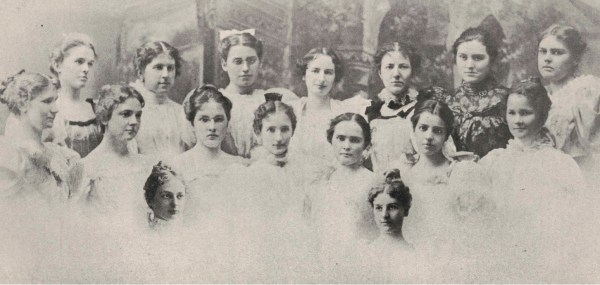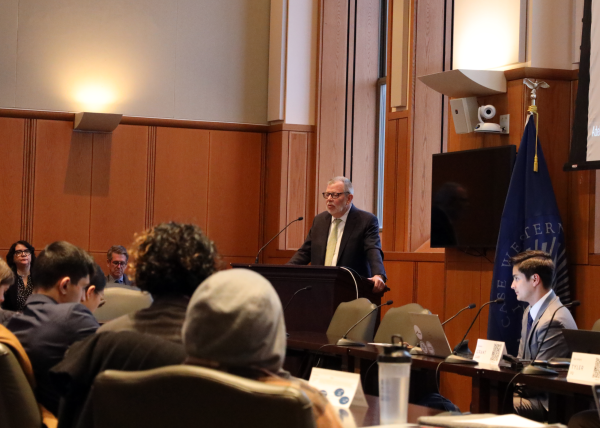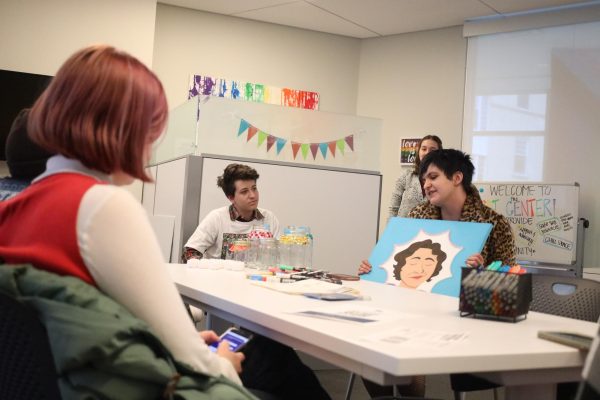Coalition aims to eliminate lead exposure in children
April 12, 2019
The Cleveland City Council has partnered with the Lead Safe Cleveland Coalition to create a plan to fight lead poisoning in the city. Nineteen organizations comprise the coalition, with groups from the environmental, healthcare, philanthropic, government and educational fields including Case Western Reserve University.
The coalition hopes to significantly reduce the number of Cleveland children with lead in their blood. Members believe that the broad span of the alliance will help execute the plan.
A timeline for the coalition’s plan has recently taken effect. By May 1, the coalition will present their policy recommendations to the city council. Following that, they will roll out their plan at the Lead-Safe Summit on June 21, with legislative action expected to follow soon after.
According to a 2017 study, an estimated 13 percent of children under the age of six in Cleveland have unhealthy levels of lead in their blood, which is four times the national average. Up until now, the policies made in response have been reactive rather than proactive.
However, it is highly unlikely that the coalition will be able to completely eradicate lead levels, as over 97 percent of homes in Cleveland likely contain lead paint because they were built before 1976. As such, the coalition is focusing on making Cleveland “lead safe” instead of eliminating all lead.
The coalition also wants to create citywide lead testing standards. According to studies completed by Case Western Reserve University, over 15 percent of Cleveland public school kindergartners have no lead test on record, and only 20 percent of Medicaid-eligible children were screened at the recommended age, between one and two.
Health professionals consider no level of lead exposure to be safe for young children. Possible effects of low levels of exposure include irreversible brain damage, which can lead to ongoing behavioral, learning and health issues.
























